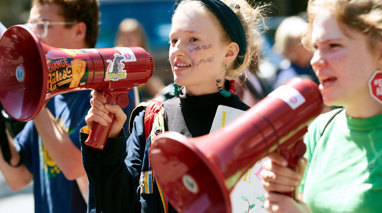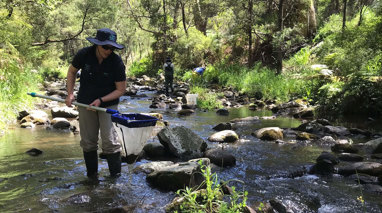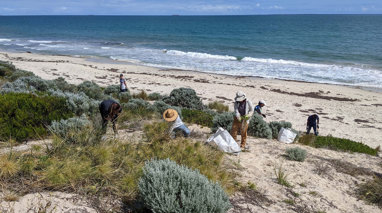There are plenty of ways you can take action for a wondrous planet, from raising your voice, contributing to scientific data, getting into the great outdoors or making simple changes in your day-to-day life. Or get inspired and find out how the Museums Victoria Research Institute cares for and protects our biodiversity and precious ecosystems.

Advocate for change
Find out how becoming an advocate for change can create real, lasting positive impacts for the planet.

Become a citizen scientist
From spotting wildlife to joining the hunt for bees, butterflies and bugs — there are plenty of citizen-science projects across Australia calling for your curiosity and passion.

Create space for nature
Get outdoors and connect with the wild world around you. Whether you’re planting for pollinators, propagating seeds, or protecting furry friends and their homes – every action helps our wondrous planet thrive.

Protect our oceans
Contribute to whale-spotting, grab your goggles for a sea slug census, or become a marine cadet with your local coastal council to protect our oceans.

Everyday greener living
Bring simple changes into your home and include fun life-hacks in your daily routine to create a lasting, positive impact on our environment.







